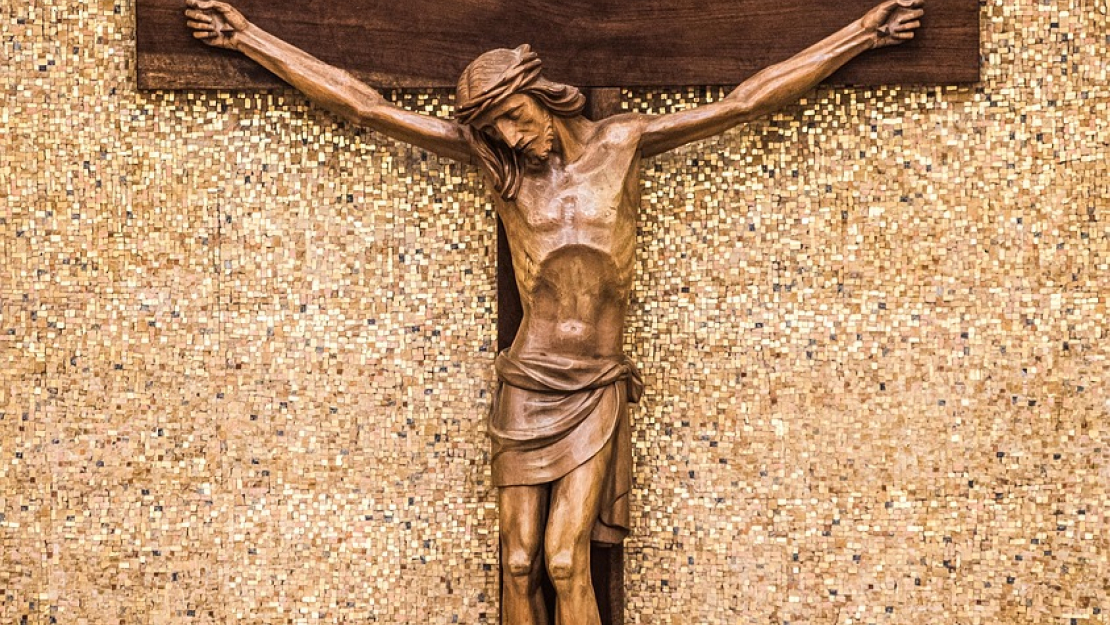Crucifix Ban in Bavarian School Raises Concerns Over Religious Freedom

A recent ruling by the Bavarian Administrative Court has ordered the removal of a crucifix from a state secondary school, finding that its display violates students’ negative freedom of religion and constitutes unlawful state endorsement of Christianity. The judgment, however, diverges from European Court of Human Rights case law (Lautsi v. Italy) and has raised concerns about the narrowing of religious expression in public institutions and the broader implications for religious freedom and state neutrality in education.
The legal challenge was brought by two former students who objected both to the visible display of the crucifix and to being required to attend alternative classes during religious services. While the court upheld the obligation to attend alternative instruction, it found the display of the crucifix to be unconstitutional. The wooden crucifix, measuring 150 cm by 50 cm, had been mounted in the entrance hall since 1998 and was visible from several central areas of the school. The court ruled that exposure to the symbol was “compulsory, recurring, and unavoidable,” thereby constituting direct interference with the negative dimension of freedom of belief.
The decision has significant implications for the protection of religious freedom, particularly as it diverges from the established jurisprudence of the European Court of Human Rights (ECtHR). In Lautsi v. Italy (Application no. 30814/06), the ECtHR—overturning an earlier Chamber judgment—upheld the presence of crucifixes in Italian public school classrooms. The Court concluded that the symbol was passive and non-coercive and reaffirmed that states enjoy a “margin of appreciation” in determining how to balance religious expression in public institutions.
While acknowledging the Lautsi ruling, the Bavarian court departed from its reasoning, arguing that the compulsory and unavoidable exposure to the crucifix within a mandatory school environment constituted a materially different context. In doing so, the court set a notably low threshold for what constitutes interference and appeared to prioritise the negative over the positive dimensions of religious freedom. Its interpretation of state neutrality effectively frames the visible expression of religion in shared civic spaces as unconstitutional, thereby establishing a precedent for restricting religious presence in the public sphere.
Although the protection of negative religious freedom—freedom from religion—is fundamental, ECtHR case law affirms that religious symbols may be present in state institutions so long as pluralism, equality, and protection from indoctrination are maintained. The Bavarian court’s refusal to meaningfully engage with this broader framework may risk narrowing the margin of appreciation that international human rights law affords to states.
This ruling reflects broader tensions in Europe between secularism and cultural tradition, and between individual rights and collective identity. It raises important questions about whether strict interpretations of “neutrality” in education serve to protect religious freedom—or whether they erode the pluralism upon which democratic societies depend.
Source: Bavarian Administrative Court (7 BV 21.336); Yahoo! News; ECHR Lautsi v. Italy.
Image: Pixabay